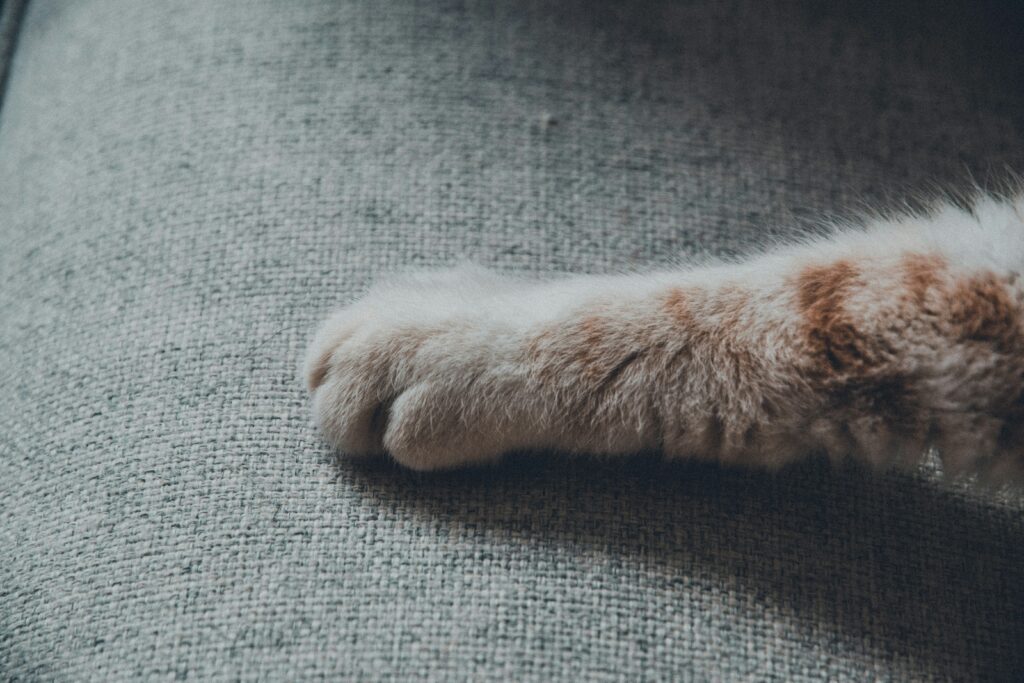
Living in a Housing & Development Board (HDB) flat or a condo in Singapore comes with space constraints, making small dog breeds a practical choice. Small dogs require less space, are easier to manage, and often comply with HDB regulations. Additionally, they tend to have lower exercise needs, making them ideal for indoor lifestyles. However, choosing the right breed is essential to ensure they thrive in a compact environment.
Understanding HDB Rules for Dog Ownership
Singapore’s HDB has a list of approved dog breeds to ensure compatibility with apartment living. The rules are in place to maintain harmony among residents and ensure that pets do not cause disturbances. Only one dog is allowed per flat, and the breed must be on the HDB-approved list. Owners must also register their pets with the Animal & Veterinary Service (AVS) to ensure compliance with local regulations.
HDB-Approved Small Dog Breeds
For HDB dwellers, the Agri-Food & Veterinary Authority of Singapore (AVA) provides a list of approved dog breeds. Choosing from these ensures compliance with regulations while finding the perfect pet for apartment living.
1. Maltese
The Maltese is a gentle, affectionate, and intelligent breed. Known for their long, silky white coats, these dogs are perfect companions and require moderate grooming. They are adaptable, making them well-suited for small living spaces. Maltese dogs are also known for their low-shedding coats, making them ideal for allergy sufferers.

2. Toy Poodle
Highly intelligent and trainable, Toy Poodles are one of the best breeds for city living. Their hypoallergenic coats make them ideal for allergy sufferers, and they require regular grooming to maintain their curly fur. They are known for their eagerness to please, making them highly trainable and obedient.

3. Chihuahua
Among the smallest dog breeds, Chihuahuas are lively, bold, and affectionate. They are excellent watchdogs despite their size and thrive in apartments due to their low exercise needs. However, Chihuahuas require early socialization to prevent excessive barking and territorial behavior.

4. Shih Tzu
A Shih Tzu is an affectionate, quiet, and low-energy breed, making it an excellent fit for condos and HDB flats. Their long coats require grooming, but they are friendly and great with children. Shih Tzus were originally bred as companion dogs, making them well-suited for an indoor lifestyle.

5. Pomeranian
Known for their fluffy coats and lively personalities, Pomeranians are small but have a big-dog attitude. They adapt well to apartment living but require regular brushing to maintain their coat. Pomeranians are known for their intelligence but may need consistent training to curb excessive barking.

6. Cavalier King Charles Spaniel
These gentle and affectionate dogs are ideal lap dogs. Cavalier King Charles Spaniels are friendly, adaptable, and easy to train, making them perfect for first-time dog owners. Their calm demeanor makes them excellent therapy dogs, and they enjoy being around people.

Essential Factors When Choosing a Small Dog for Apartment Living
When selecting a small dog breed, consider the following factors:
Temperament: Some breeds are more adaptable and quiet than others.
Exercise Needs: Certain small breeds still require regular exercise despite their size.
Grooming Requirements: Long-haired breeds may need frequent grooming.
Trainability: Intelligent breeds tend to learn house rules faster.
Barking Tendencies: Some breeds bark more than others, which can be a concern for apartment living.
Compatibility with Children & Other Pets: Ensure the breed fits well with your family dynamic.
Caring for Small Dogs in Apartments
Regular Exercise: Even small breeds need daily walks and playtime.
Proper Grooming: Regular brushing and bathing are necessary for certain breeds.
Socialization & Training: Help your dog adapt to apartment life by training them early.
Creating a Comfortable Environment: Provide cozy bedding, toys, and designated spaces for rest and play.
Managing Noise Levels: Training your dog to limit barking will help maintain harmony with neighbors.

Tips for Training a Small Dog in an HDB or Condo
House Training: Small dogs can be litter-trained or taught to relieve themselves in designated areas.
Leash Training: Teach your dog to walk on a leash without pulling, ensuring better outdoor experiences.
Crate Training: This helps provide a safe space for your dog and can be useful in managing separation anxiety.
Basic Commands: Teaching commands like sit, stay, and come improves communication and discipline.
Conclusion
For HDB & condo living in Singapore, choosing the right small dog breed ensures a harmonious home environment. Whether you prefer a gentle Maltese, an intelligent Toy Poodle, or a loyal Shih Tzu, each breed has unique qualities that make them perfect for apartment life. With proper care, training, and socialization, small dogs can thrive in compact urban spaces and bring joy to their owners.
References
Cat and dog licensing – AVS – https://www.nparks.gov.sg/avs/pets/owning-a-pet/licensing-a-pet/cat-and-dog-licensing
Pets in private premises – AVS – https://www.nparks.gov.sg/avs/pets/owning-a-pet/licensing-a-pet/pets-in-private-premises
Dog Breeds, Toy Group – AKC – https://www.akc.org/dog-breeds/toy/


































